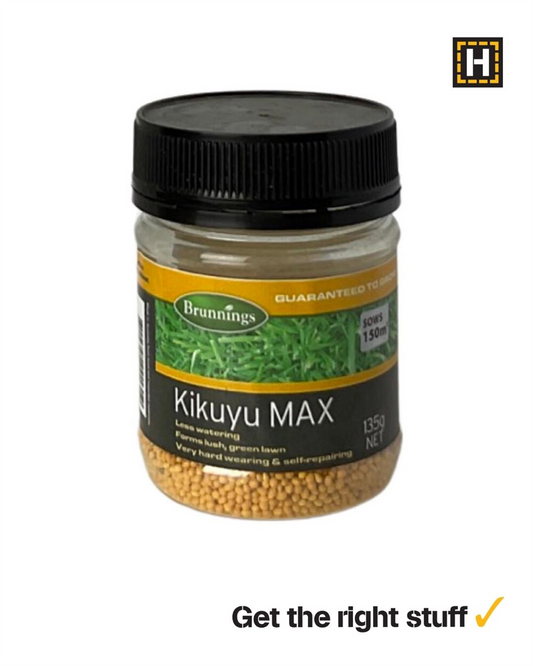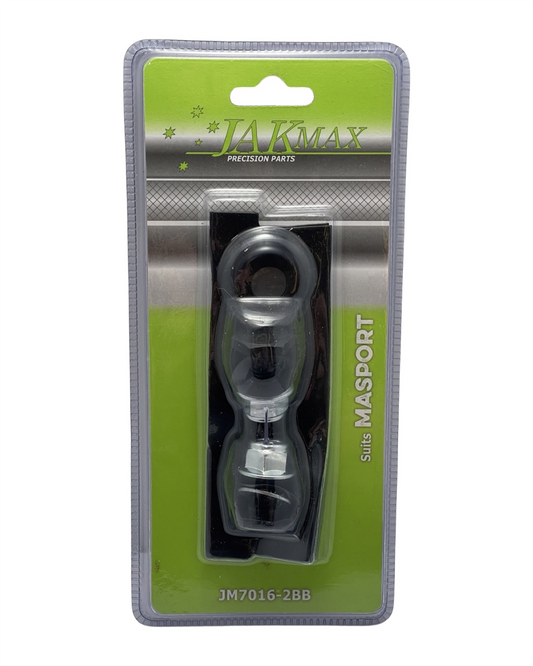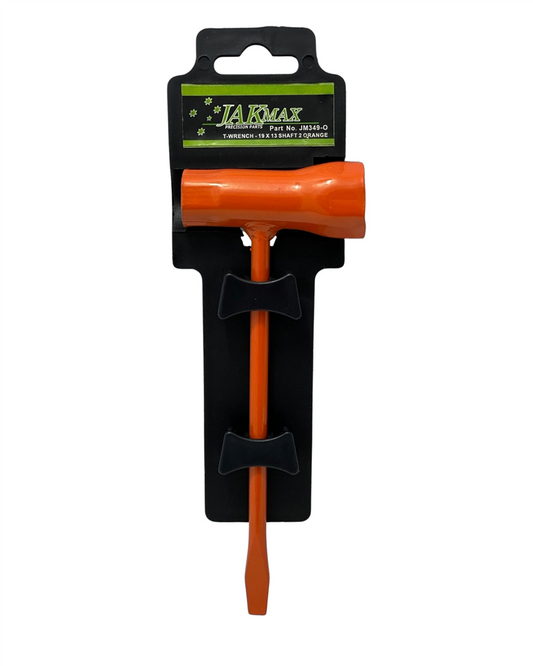Cyclone Tools couldn’t do what hoverflies can – let’s talk about your veggie patch MVP
Share
The surprising secret ingredient to a thriving veggie patch (that’s not compost)
You’ve heard of ladybugs and worms, but did you know the real garden MVP might be buzzing right under your nose? Hoverflies – those tiny bee lookalikes – are packing a punch far bigger than their wingspan. They may not wear capes... but your veggie garden would be lost without them.
From frustration to flourishing: what changed when hoverflies moved in
A local gardener came in last spring, fed up. Her tomatoes were patchy, leafy greens chewed, and no clue what was going wrong. After trying sprays and barriers, she decided to switch strategies. She added hoverfly-attracting flowers and let nature take over. Fast-forward to harvest: rich red tomatoes, not a single chewed lettuce leaf, and an army of tiny, diligent bodyguards on patrol. That’s the power of hoverflies.
What even is a hoverfly?
Hoverflies (also known as flower flies) are small, striped insects that look a lot like bees or wasps – but they don’t sting or bite. It’s all bluff. They're the peacekeepers of the insect world, gliding about your garden, pollinating plants and keeping pests in check. Their stripey swagger isn't decoration – it’s disguise. Predators often mistake them for more dangerous bugs and leave them alone.
The ultimate defenders (without the drama)
Here’s why hoverflies deserve a spot in your garden plan:
- Sniper larvae: Hoverfly babies are hungry little green machines. They munch their way through aphids, thrips, and small caterpillars like nobody’s business. One larva can eat hundreds of aphids in its short lifetime.
- Pollination pros: As adults, hoverflies spend their days visiting flowers and carrying pollen between veggies, improving fruit set and boosting yield – especially handy for tomatoes, capsicums, carrots, and herbs.
- Low-maintenance helpers: Unlike many pest-control methods, hoverflies don’t require you to do anything fancy. No spraying. No timers. Just provide a little habitat and they’ll clock in like it’s their job (because it kind of is).
Why aren’t more people talking about this?
Good question. Hoverflies often fly under the radar compared to flashier pest-fighters. But gardeners in the know – especially in South Australia where the climate swings from “roast dinner” to “soggy socks” – swear by them. These unassuming insects adapt well to our local rhythm, and when paired with companion planting, they’re an incredible natural ally.
“Putting hoverfly-friendly plants near your veggie garden is one of the easiest pest prevention strategies we’ve seen. People are amazed at the difference it makes — and best of all, it’s totally chemical-free.” — Candeece, Garden Centre Team
How to roll out the welcome mat for hoverflies
You don’t need a heap of space, time, or money to attract these pollinator-predators. Just follow these simple steps:
- Add some flower power: Hoverflies flock to flat-faced flowers like dill, coriander, sweet alyssum, marigolds, calendula, and yarrow. Plant them near or between your vegetables in sunny spots.
- Let some herbs bolt: When parsley, oregano, or fennel go to flower, they become hoverfly magnets. Resist the urge to tidy everything up too soon.
- Go easy on sprays: Even natural insecticides can disrupt the hoverfly life cycle. Try to hold off unless absolutely necessary.
- Keep things blooming year-round: Plan your planting so something is always in flower. That way, hoverflies always have a reason to hang around.
Wait – what if I don’t like bugs?
You’re not alone. Lots of folks flinch at flying things, even the helpful ones. But the good news? Hoverflies aren’t aggressive, don’t chase people, and don’t set off your internal bug alarm. They’re more like polite little drones on a mission. If anything, they bring the kind of garden glory that feels straight out of a magazine — lush plants, fewer holes, and flowers absolutely buzzing with quiet purpose.
Still sceptical?
Try this: plant a cluster of coriander and sweet alyssum next to a patch that’s been slugged with aphids. Watch for a few weeks. If it works like it usually does, you’ll see fewer bugs and better growth in the hoverfly corner — every time. It’s one of those small swaps that feels like a cheat code for gardening success.
So here’s the punchline:
If you want a thriving vegetable garden in South Australia — less pests, more produce, fewer chemicals — start making friends with hoverflies. They’re the quiet achievers of the backyard, and once you see the difference, you’ll wonder why you didn’t invite them in sooner.
Happy buzzing and bountiful harvesting,
— Candeece
 Stay Connected
Stay Connected
Join our gardening community on Facebook: Urban Gardener's Notebook
And follow our Store Facebook Page: Strathalbyn H Hardware on Facebook









